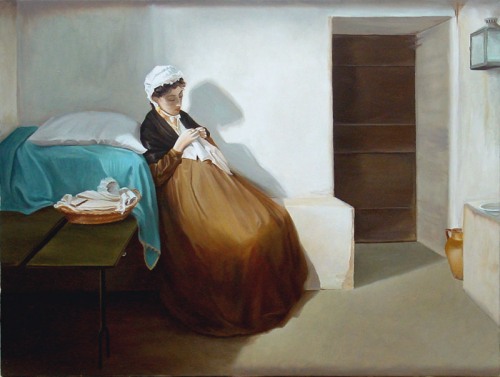Luisa Sanfelice on:
[Wikipedia]
[Google]
[Amazon]
 Luisa or Luigia Sanfelice (1764–1800) was an Italian aristocrat who was executed by
Luisa or Luigia Sanfelice (1764–1800) was an Italian aristocrat who was executed by
 Luisa or Luigia Sanfelice (1764–1800) was an Italian aristocrat who was executed by
Luisa or Luigia Sanfelice (1764–1800) was an Italian aristocrat who was executed by Ferdinand I of the Two Sicilies
Ferdinand I (Italian language, Italian: ''Ferdinando I''; 12 January 1751 – 4 January 1825) was Kingdom of the Two Sicilies, King of the Two Sicilies from 1816 until his death. Before that he had been, since 1759, King of Naples as Ferdinand I ...
because of her involvement with the French-backed Parthenopean Republic
The Parthenopean Republic (, ) or Neapolitan Republic () was a short-lived, semi-autonomous republic located within the Kingdom of Naples and supported by the French First Republic. The republic emerged during the French Revolutionary Wars after ...
during the French Revolutionary Wars
The French Revolutionary Wars () were a series of sweeping military conflicts resulting from the French Revolution that lasted from 1792 until 1802. They pitted French First Republic, France against Kingdom of Great Britain, Great Britain, Habsb ...
, although Sanfelice was largely apolitical
Apoliticism is apathy or antipathy towards all political affiliations. A person may be described as apolitical if they are uninterested or uninvolved in politics. Being apolitical can also refer to situations in which people take an unbiased p ...
. As she was generally regarded as the innocent victim of circumstances, she became a legendary figure who was widely portrayed in popular culture. During the nineteenth century she was often depicted as a gentle and naïve beauty whose story closely resembled that of the fictional Fioria Tosca,the heroine of the Puccini opera ''Tosca
''Tosca'' is an opera in three acts by Giacomo Puccini to an Italian libretto by Luigi Illica and Giuseppe Giacosa. It premiered at the Teatro dell'Opera di Roma, Teatro Costanzi in Rome on 14 January 1900. The work, based on Victorien Sardou's 1 ...
''.Nicassio p. 117
Amongst those who have depicted Sanfelice's story are the French writer Alexandre Dumas
Alexandre Dumas (born Alexandre Dumas Davy de la Pailleterie, 24 July 1802 – 5 December 1870), also known as Alexandre Dumas , was a French novelist and playwright.
His works have been translated into many languages and he is one of the mos ...
, who wrote the novel '' La San Felice'' in 1864, and the artist Giovacchino Toma, who painted '' Luisa Sanfelice in Carcere'' in 1874, showing her in captivity before her execution. In the twentieth century, Sanfelice was portrayed in two films, ''Luisa Sanfelice
Luisa or Luigia Sanfelice (1764–1800) was an Italian aristocrat who was executed by Ferdinand I of the Two Sicilies
Ferdinand I (Italian language, Italian: ''Ferdinando I''; 12 January 1751 – 4 January 1825) was Kingdom of the Two Sicilie ...
'' (1942) and ''Luisa Sanfelice
Luisa or Luigia Sanfelice (1764–1800) was an Italian aristocrat who was executed by Ferdinand I of the Two Sicilies
Ferdinand I (Italian language, Italian: ''Ferdinando I''; 12 January 1751 – 4 January 1825) was Kingdom of the Two Sicilie ...
'' (2004).
Bibliography
* Lancaster, Jordan. ''In the Shadow of Vesuvius: A Cultural History of Naples''. I.B.Tauris, 2005. * Nicassio, Susan Vandiver. ''Tosca's Rome: The Play and the Opera in Historical Perspective''. University of Chicago Press, 2002.References
External links
1764 births 1800 deathsLuisa
Luisa (Italian and Spanish), Luísa ( Portuguese), or Louise ( French) is a feminine given name; it is the feminine form of the given name Louis (Luis), the French form of the Frankish Chlodowig (German Ludwig), from the Germanic elements ''h ...
People of the Parthenopean Republic
Executed Italian women
18th-century Neapolitan people
Italian revolutionaries
18th-century Italian women
{{Italy-noble-stub